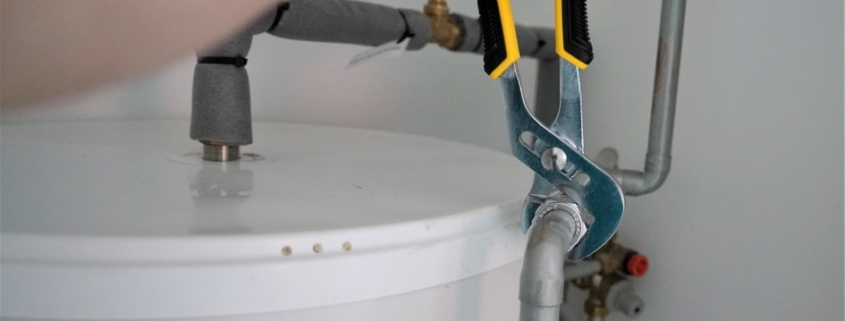Plumbing Basics Every Homeowner Should Know
Modern plumbing is something many people often just take for granted. The fact that people have access to bathrooms and clean drinking water is amazing. After all, few people had these benefits a century ago. As a result, most homeowners barely know how their homes’ plumbing systems work. Yet, understanding these systems could prevent costly repairs in the future.
Below, we outline some plumbing basics that every homeowner should know.
The Key Components of Home Plumbing
Plumbing systems can be simple or very complicated, depending on the home. Still, most have the same basic components:
Water supply lines. The part of the system that brings water from the main water supply (often a water meter) to each plumbing fixture.
Sewer/waste lines. The part of the system that carries wastewater away from the home to the city sewer system.
Fixtures or Pipes. Most homes have fixtures, such as sinks and showers and plumbing pipes that carry water to and from the fixtures.
Water Heater. The tank that heats the water in the home. Most homes have electric water heaters. However, some homes have gas or solar-powered water heaters.
Water Main. The part of the water supply system that carries water to your home. The water main is often owned and maintained by the city.
Meter. The part of the water supply system that records how much water you use.
Pipes Under Your Driveway. These pipes carry water from the city main to the water meter on your property. If you plan to get new asphalt laid in your driveway, you should turn these off.
How Plumbing Works
The plumbing system in most homes today is based on gravity. Water comes into the home from the city water main through the water supply line. The water travels to the water heater and then to the hot water pipes that feed the hot water fixtures in the home.
The water travels through the cold water pipes that feed cold water fixtures until it reaches the cold water heater. From the cold water heater, the water travels to the cold water pipes until it reaches the cold water fixtures. The water is then drained out of the home through the sewer/waste line.
Every time a faucet is turned on, water travels through the fixtures and pipes in your home. When you flush a toilet, the water in the bowl pushes the waste through the sewer/waste line, leading to the city sewer system.
Codes and Standards
Every state in the US requires plumbing contractors to become licensed. It is also possible to become certified as a master plumber or journeyman plumber. Furthermore, many states have plumbing codes to ensure that plumbing systems are installed and maintained properly.
These codes have been created to ensure the safety of homeowners. Moreover, the codes ensure that each home has a properly functioning system. These codes are enforced by state and local governments. Additionally, plumbers must adhere to these codes to ensure their licenses.
Conclusion
Plumbing systems in each home are different. Some homes have complicated plumbing systems, while others have simple ones. However, a basic understanding of the plumbing system in your home can be useful in case of an emergency.
Benjamin Franklin Plumbing is your friendly neighborhood plumbing company you can rely on whenever you need help with your pipes, faucets, and fixtures. We provide emergency drain cleaning, repairs, and plumbing installation services quickly and efficiently. When it comes to plumbing in Lake County, CA, only Benjamin Franklin Plumbing is the company to call. Contact us for emergency services!





